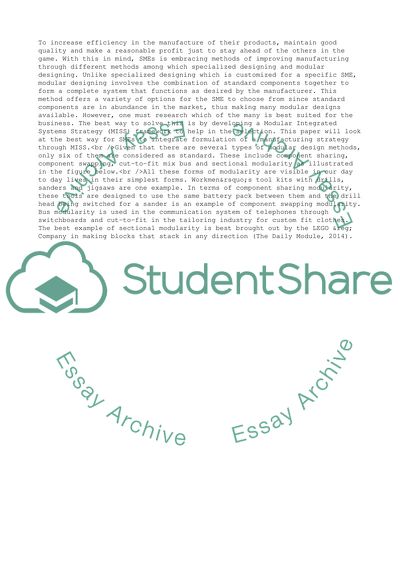Cite this document
(Modular Integrated Manufacturing Systems (MISS) Case Study, n.d.)
Modular Integrated Manufacturing Systems (MISS) Case Study. https://studentshare.org/business/1637770-modular-integrated-manufacturing-systems-miss
Modular Integrated Manufacturing Systems (MISS) Case Study. https://studentshare.org/business/1637770-modular-integrated-manufacturing-systems-miss
(Modular Integrated Manufacturing Systems (MISS) Case Study)
Modular Integrated Manufacturing Systems (MISS) Case Study. https://studentshare.org/business/1637770-modular-integrated-manufacturing-systems-miss.
Modular Integrated Manufacturing Systems (MISS) Case Study. https://studentshare.org/business/1637770-modular-integrated-manufacturing-systems-miss.
“Modular Integrated Manufacturing Systems (MISS) Case Study”. https://studentshare.org/business/1637770-modular-integrated-manufacturing-systems-miss.


